Archives
- 2025-12
- 2025-11
- 2025-10
- 2025-09
- 2025-03
- 2025-02
- 2025-01
- 2024-12
- 2024-11
- 2024-10
- 2024-09
- 2024-08
- 2024-07
- 2024-06
- 2024-05
- 2024-04
- 2024-03
- 2024-02
- 2024-01
- 2023-12
- 2023-11
- 2023-10
- 2023-09
- 2023-08
- 2023-07
- 2023-06
- 2023-05
- 2023-04
- 2023-03
- 2023-02
- 2023-01
- 2022-12
- 2022-11
- 2022-10
- 2022-09
- 2022-08
- 2022-07
- 2022-06
- 2022-05
- 2022-04
- 2022-03
- 2022-02
- 2022-01
- 2021-12
- 2021-11
- 2021-10
- 2021-09
- 2021-08
- 2021-07
- 2021-06
- 2021-05
- 2021-04
- 2021-03
- 2021-02
- 2021-01
- 2020-12
- 2020-11
- 2020-10
- 2020-09
- 2020-08
- 2020-07
- 2020-06
- 2020-05
- 2020-04
- 2020-03
- 2020-02
- 2020-01
- 2019-12
- 2019-11
- 2019-10
- 2019-09
- 2019-08
- 2018-07
-
As the effects of baclofen on primary afferent activity are
2023-09-06
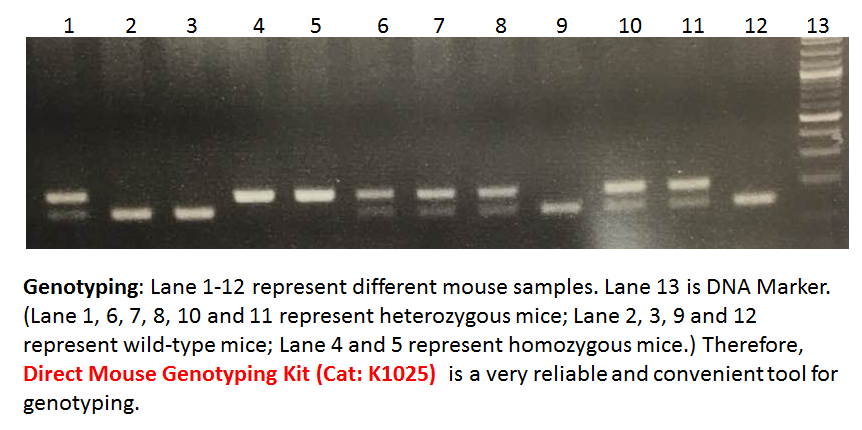
As the effects of baclofen on primary afferent activity are not reproduced by GABAA receptor agonists like muscimol and isoguvacine, this ionotropic receptor may play minimal role in the modulation of primary afferent activity. However, it is important to note that post-synaptic GABAA receptors rema
-
br Conclusions and future direction ER PgR breast cancers
2023-09-06

Conclusions and future direction ER(−)/PgR(+) breast cancers have a distinct clinical course, response to treatment, and molecular features when compared to other breast cancer types, however some of them are actually technical artifacts or consequences of too high definitions of positivity. Acco
-
Based on the extracellular domain
2023-09-06
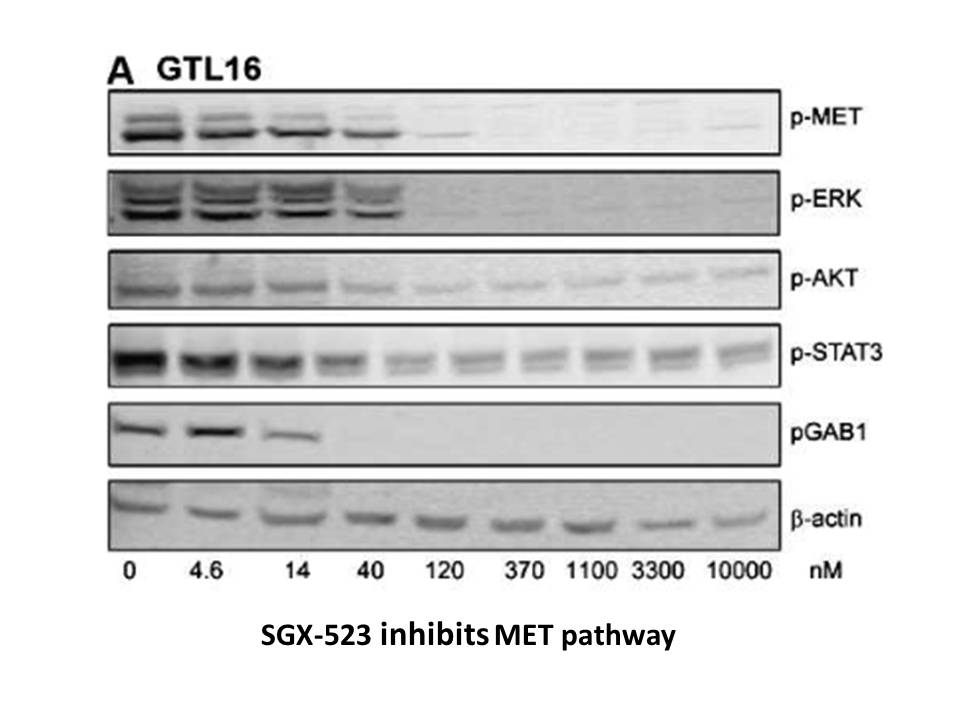
Based on the extracellular domain structures, we can infer that the dimer arrangement of GABAB receptor will undergo substantial changes upon receptor activation (Geng et al., 2013). First, agonist-stimulated closure of GABAB1 VFT would cause an upward rotation of its LB2 domain, coupled with an inw
-
br Genetic analysis of polarity complexes Model
2023-09-06

Genetic analysis of polarity complexes Model organisms such as Caenorhabditis elegans and Drosophila melanogaster provide useful means of describing basic biological processes. They lend themselves particularly well to addressing some of the questions arising in this field because of their struct
-
br Androgen interference with the action of arachidonic acid
2023-09-06
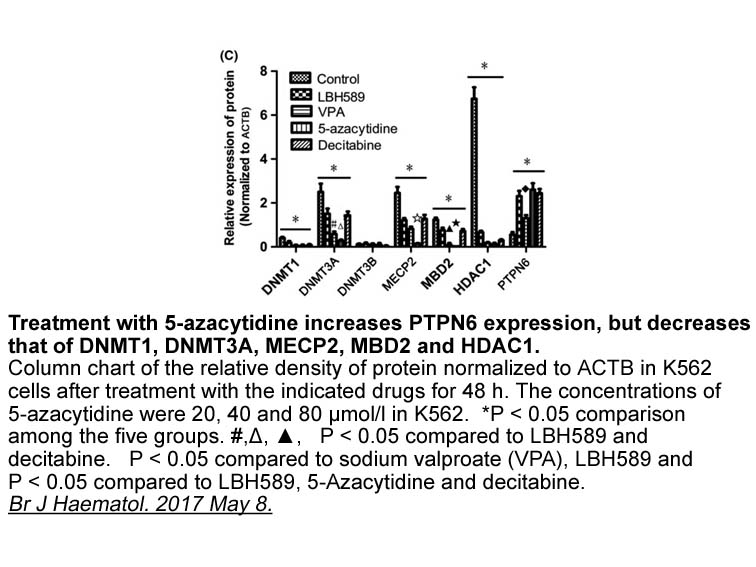
Androgen interference with the action of arachidonic bosentan metabolites’ actions; the other side of the coin Arachidonic acid, being a polyunsaturated fatty acid present in the phospholipids of the membrane of cells, is highly abundant within the organism. It is mainly involved in cellular sig
-
It has been known for a while
2023-09-06
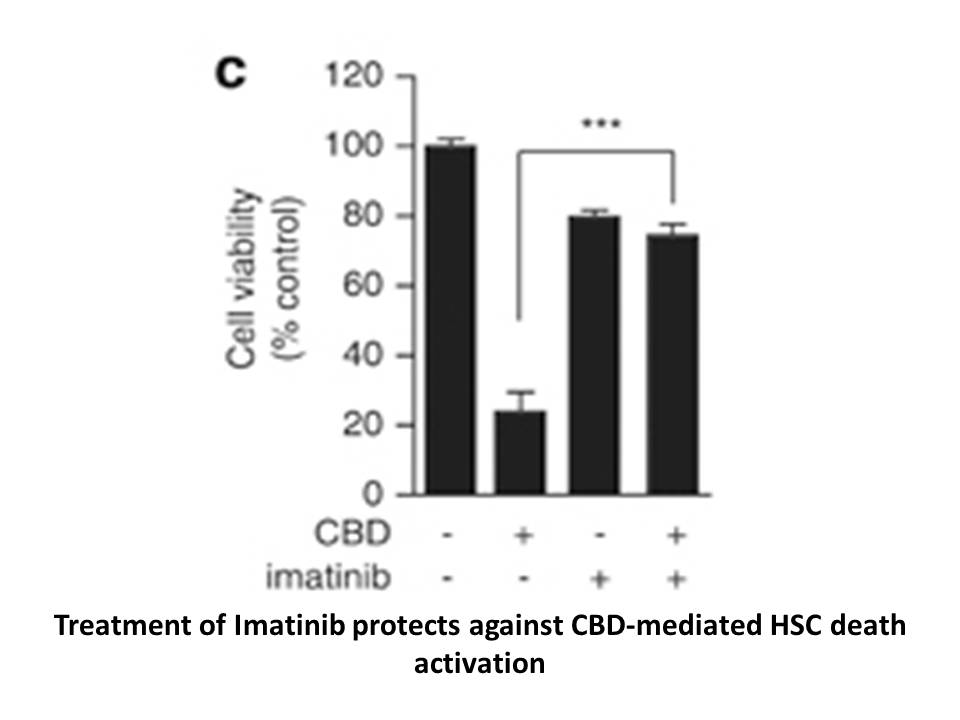
It has been known for a while that oxygenation (the addition of oxygen) of Aβ can inhibit the formation of amyloids and diminish their cytotoxicity. Photo-oxygenation of Aβ started with fullerenes almost a decade ago by Toshima and co-workers. Later, porphyrins and polyoxometalates were used as well
-
Since all the above vascular and glomerular effects contribu
2023-09-06
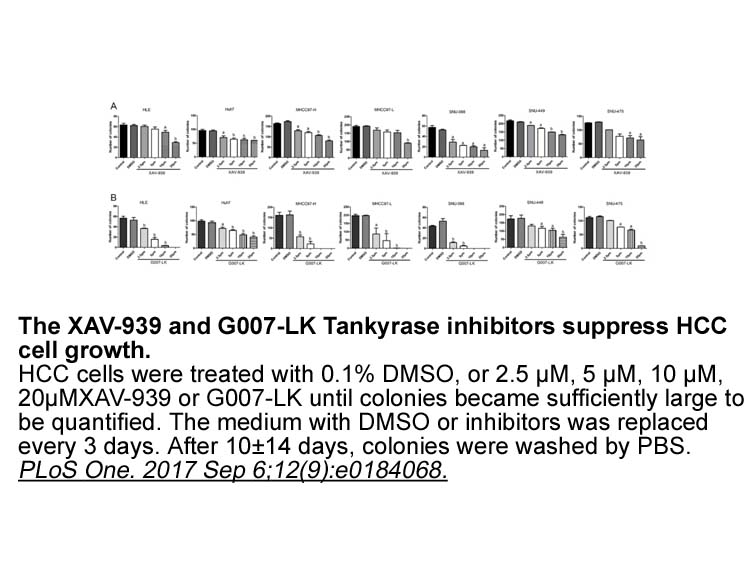
Since all the above vascular and glomerular effects contribute to blood pressure regulation, it is expected for 12/15-LOX pathway to play a role in pathogenesis of hypertension (Fig. 6). Indeed, there is evidence for alterations of the 12- and 15LOX enzymes and metabolites both in humans with essent
-
br Introduction Diabetes mellitus DM is a
2023-09-06
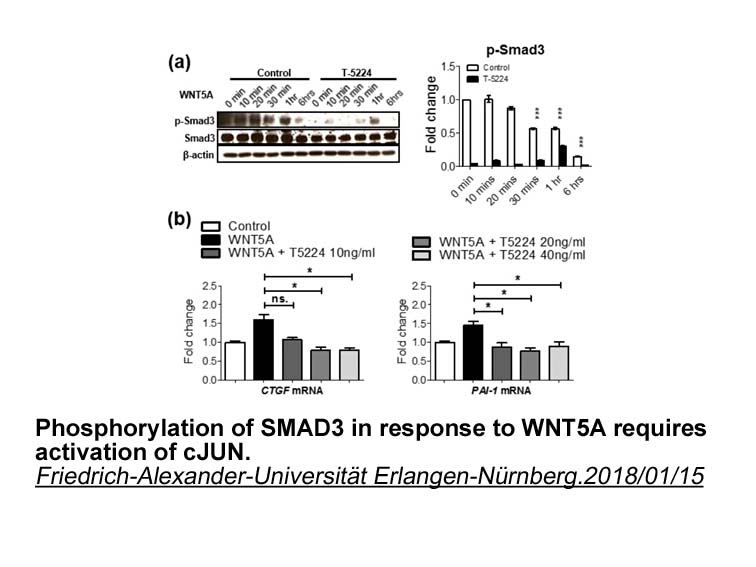
Introduction Diabetes mellitus (DM) is a chronic metabolic disorder characterized by elevated levels of glucose in the blood. Type 1 diabetes is characterized by insufficient insulin production and needs a daily administration of insulin. Actually, no prevention is known for Type 1 diabetes. Type
-
br Materials and method br
2023-09-06
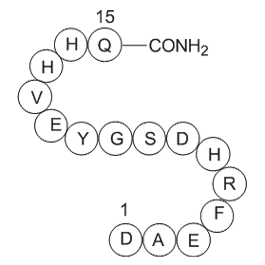
Materials and method Result and discussion Conclusion Acknowledgments This work is partly supported by the University Research Committee (URC) of the Senate of The Federal University of Technology, Akure. The authors thanked IFS for the funds (F/4449 1F and F/4449-2F) used to purchase th
-
br Role of OCT in histamine clearance
2023-09-06
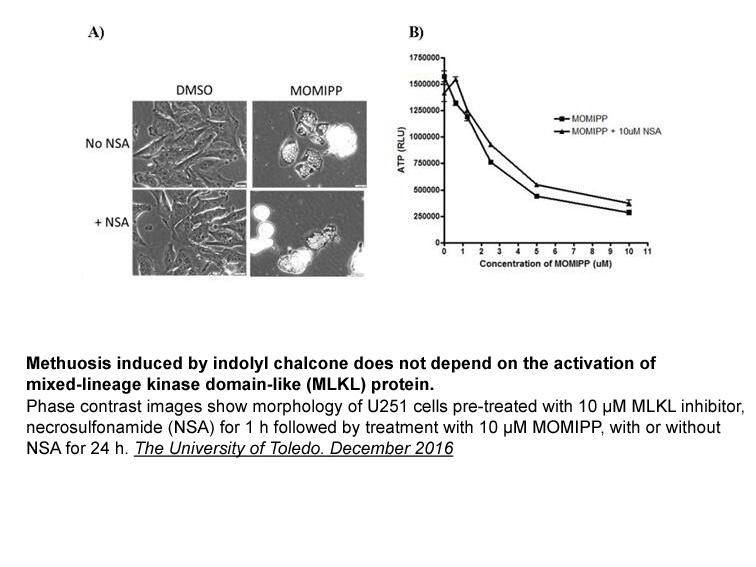
Role of OCT3 in histamine clearance Histamine is a powerful neuromodulator, as well as a regulator of immune processes and vascular tone in the central nervous system (Gross, 1981; Haas et al., 2008; Jutel et al., 2006). In contrast to 5-HT and the catecholamines, a high-affinity transporter for
-
Actinomycin D Introduction Glaucoma consists of a
2023-09-06
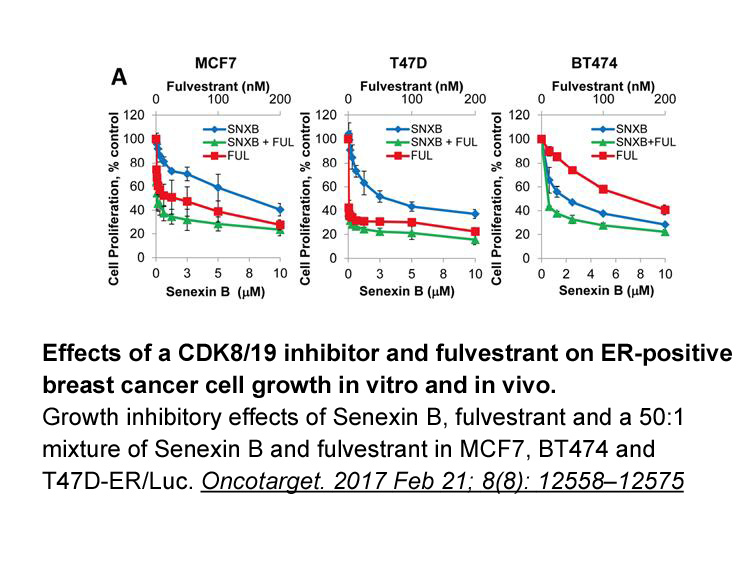
Introduction Glaucoma consists of a group of eye diseases showing a broad spectrum of clinical presentation and unknown aetiologies, that lead to a permanent loss of visual function due to the death of retinal ganglion Actinomycin D and damage of the optical nerve. It is well accepted that a critic
-
This study does have several
2023-09-06
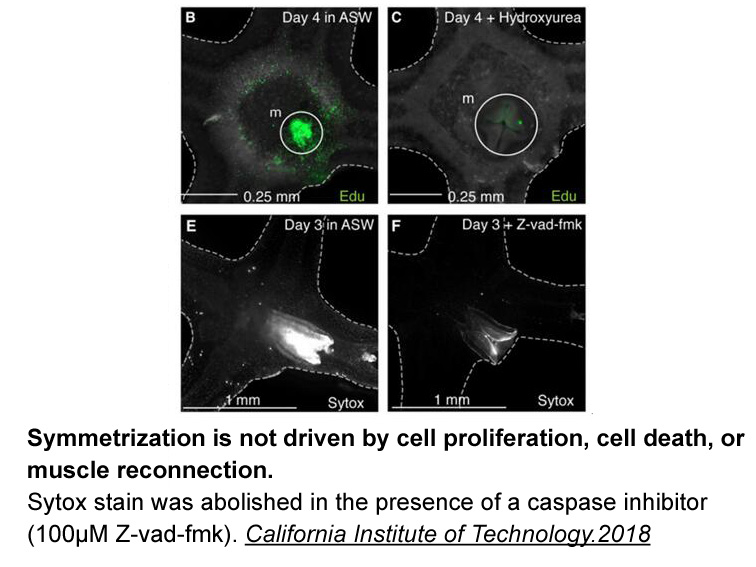
This study does have several limitations, mainly related to the DMSO vehicle. While DMSO is a known anti-inflammatory mediator,5, 12 it has been shown to upregulate ALOX5, which was not seen in this study (as we are likely underpowered to detect this difference). A manifestation of this anti-inflamm
-
At present drugs that specifically inhibit YAP activity are
2023-09-05
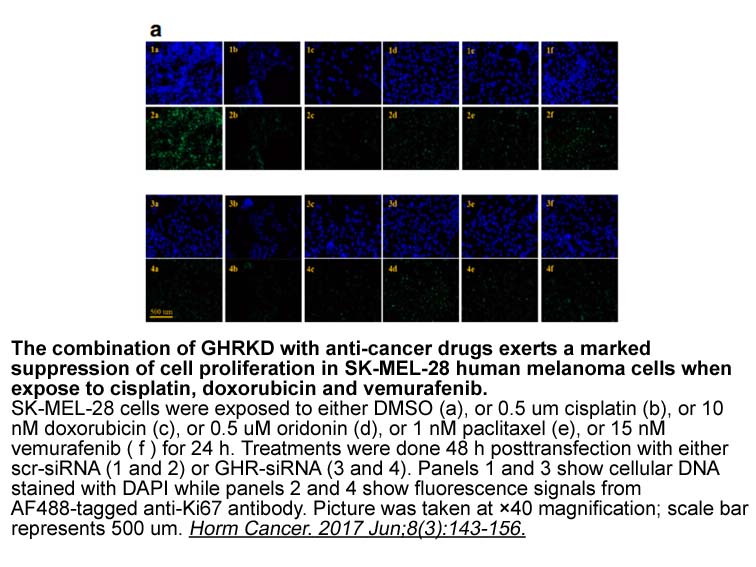
At present, drugs that specifically inhibit YAP activity are not available. In fact, verteporfin, which was originally described as a specific inhibitor of YAP-TEAD interaction, has been recently shown to exert its activity through selective induction of proteotoxicity rather than through YAP inhibi
-
Introduction Cancer which is responsible for a million death
2023-09-05
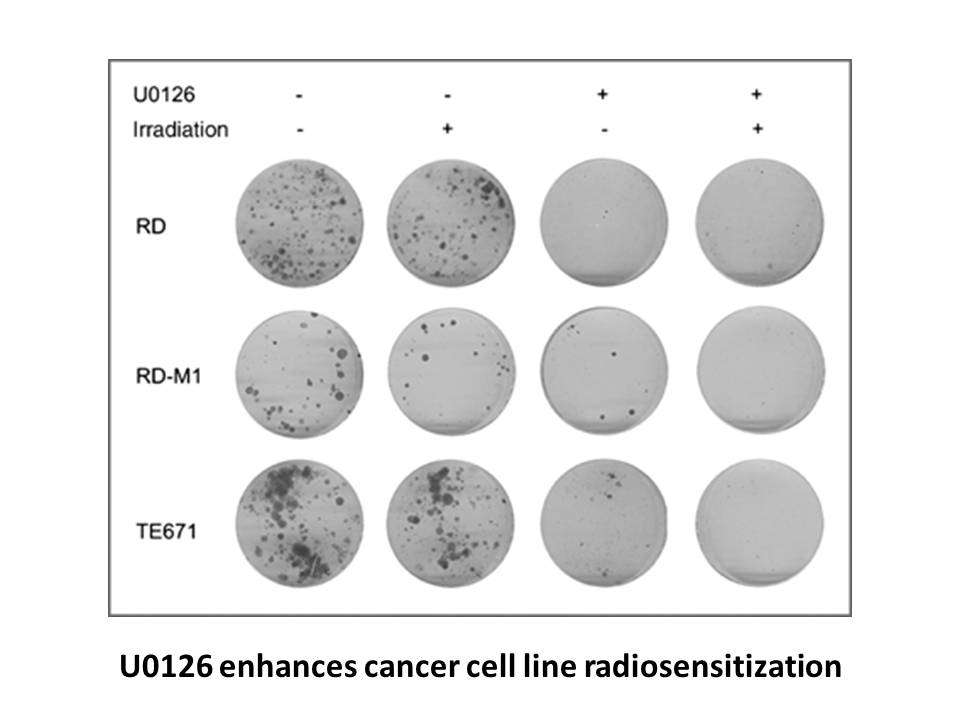
Introduction Cancer, which is responsible for a million deaths each year, is universally feared, and approximately 50% of newly diagnosed cases can be cured [1]. The existing cancer treatments, including surgery, chemotherapy, radiotherapy or a combination of them, are quickly losing efficacy. The
-
Ryoichi et al modified potent clinical candidate
2023-09-05
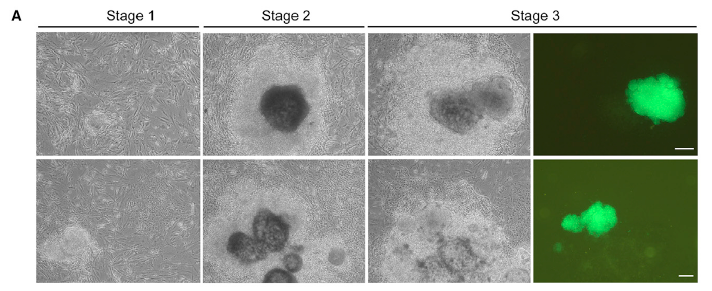
Ryoichi et al. modified potent clinical candidate VX-680 (6) with 3-cyano-6-(5-methyl-3-pyrazolamino)pyridine as Aurora kinase inhibitor. Substituted cyano pyridine derivative (7) inhibited proliferation of HCT-116 cells with an IC50 value of 115 nM. It showed tumor inhibition in mice model at a dos
14563 records 280/971 page Previous Next First page 上5页 276277278279280 下5页 Last page